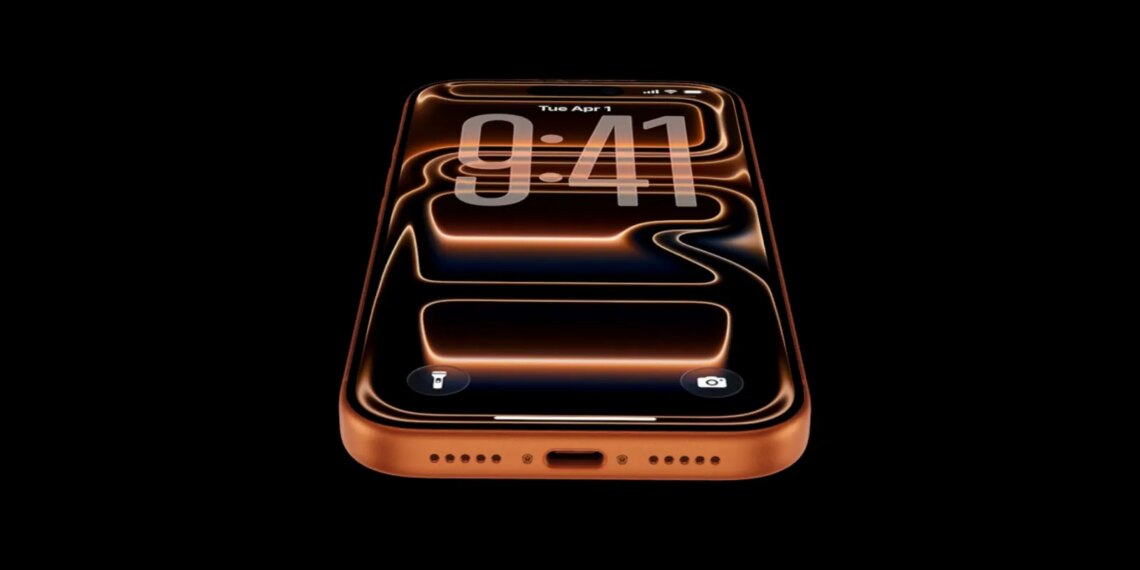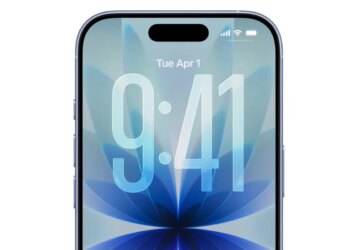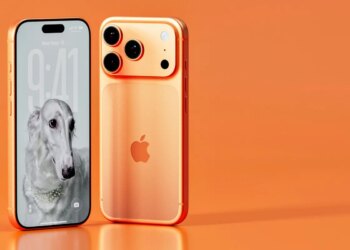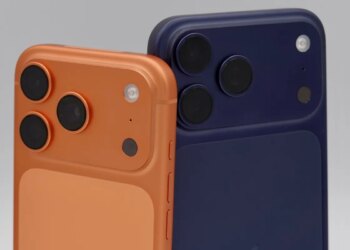Select Language:
The iPhone 17, iPhone 17 Pro, and iPhone Air now feature a USB-C port located at the bottom of the device. Upgrading from an older model means your previous Lightning accessories will no longer be compatible, though the new port offers significantly enhanced functionality.
With a compatible USB-C cable and a new charger, you can now charge your device more quickly, reaching full battery faster than before. Additionally, the USB-C port allows you to connect external displays, storage devices, camera peripherals, and more. Here’s an overview of what you can accomplish with your new iPhone and its sleek port.
Since USB-C is a universal standard, most accessories will be recognized automatically by iOS without the need for compatibility checks or special badges. However, it’s crucial to note that not all USB-C cables are created equal—some only support charging, while others facilitate data transfer. To maximize transfer speeds on the iPhone 17 Pro and Pro Max models, ensure you’re using a USB-3 rated cable, which can support data transfer rates of up to 10Gbps.
When it comes to charging, the iPhone 17 comes with a high-quality woven USB-C cable in the box, supporting charging only. If you require additional cables, Apple offers its own USB-C charging cords for purchase. Alternatively, numerous other brands sell affordable USB-C cables in various styles and lengths. For the fastest charging, look for a 40-watt power adapter, with options including Apple’s own or third-party chargers like the Anker dual charger.
The adoption of USB-C across Apple’s lineup simplifies your charging needs, allowing you to power not just your iPhone but also AirPods, MacBook Pro, iPads, and other devices with a single cable.
You can also use your iPhone 17 as a power bank to charge other devices by connecting compatible cables and peripherals. For instance, using a USB-C to HDMI cable will enable you to mirror your screen onto a 4K TV or monitor directly, eliminating the need for extra adapters. For extended viewing sessions or gaming, the Apple USB-C Digital AV Adapter provides additional ports for HDMI, power input, and USB-C passthrough in one convenient unit.
External storage options such as USB-C hard drives and SD card readers can be directly connected to browse files using the Files app. This is especially useful for offloading photos from cameras while traveling. The iPhone 17 Pro’s camera app supports recording ProRes 4K videos at up to 120 FPS when connected to USB-3 storage devices, allowing for extended recording sessions with large file sizes—so a 1TB portable SSD can be a valuable accessory for professional workflows. Be sure to use a USB-3 data cable to achieve the maximum transfer speeds.
The new port also enables easy connection to wired peripherals—such as keyboards, microphones, and Ethernet adapters—since most standard accessories are plug-and-play. For better internet stability and faster connections, a USB-C to Ethernet adapter can be used.
For audio, many users are already utilizing wireless headphones, but those who prefer wired options will find that any USB-C headphones, including Apple’s USB-C EarPods, are compatible with the iPhone 17 and can also be used seamlessly with Macs and iPads via the same port.
The USB-C standard fosters versatility through multi-port hubs, which combine multiple ports—such as HDMI, USB, and power—in a single compact device. For example, a budget-friendly $25 Anker 5-in-1 hub allows you to connect multiple peripherals simultaneously, including external displays and power sources. Keep in mind that the iPhone’s power output through these hubs is limited to around 4.5 watts, so if you’re using power-hungry accessories, an additional external power source might be necessary.







